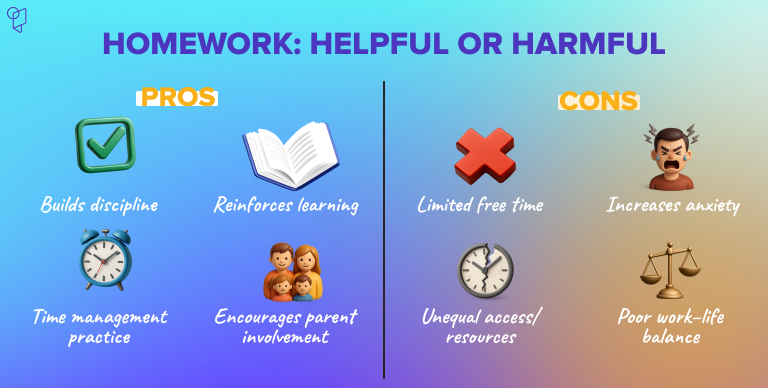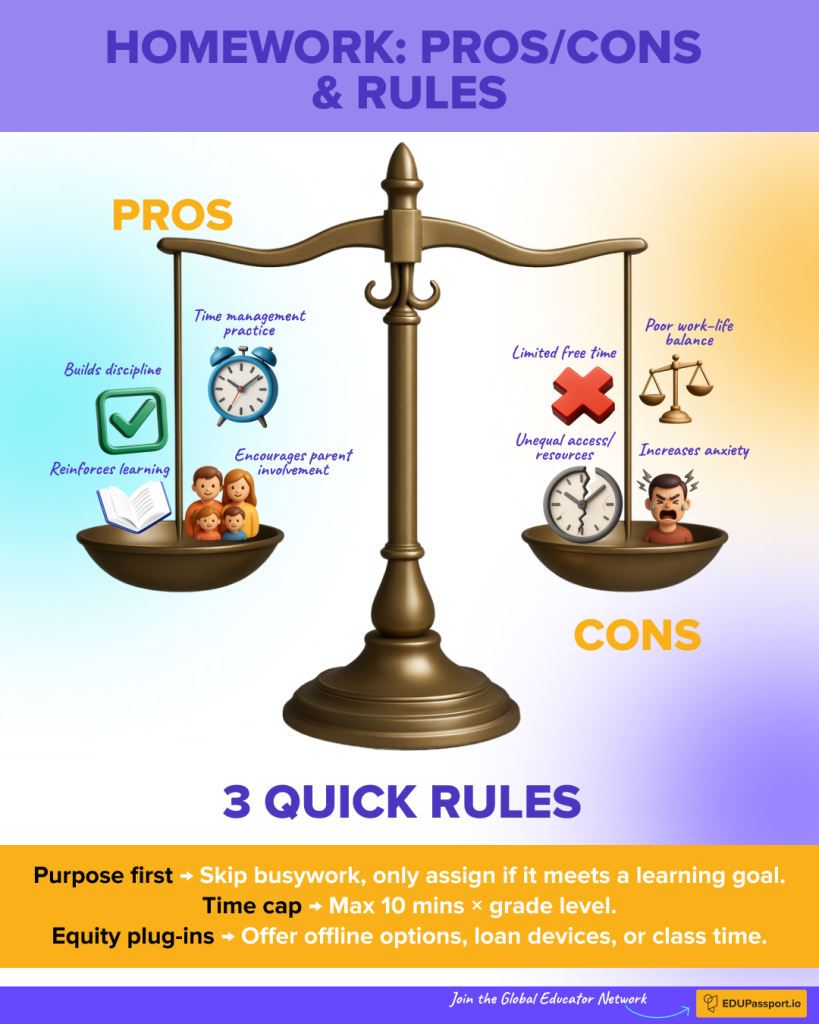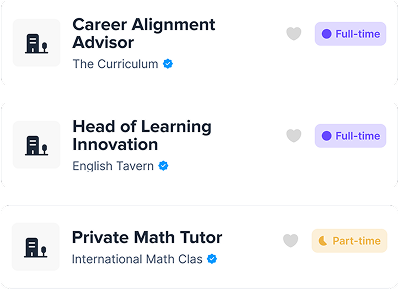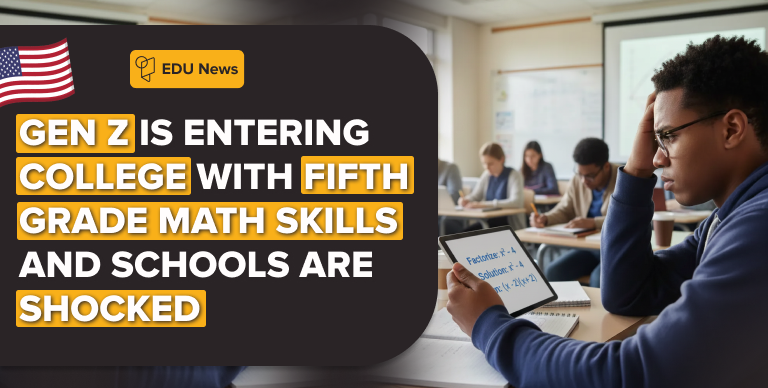Homework has been part of schooling for generations. For some it is a bridge between school and home—practice, structure, a way to extend learning. For others it is extra pressure, a marker of inequality, and a source of family friction. The stakes are bigger than policy memos. They are about student learning, wellbeing, and fairness.
What’s at the Heart of the Homework Debate?
The central question is simple: does homework improve learning outcomes, or does it do more harm than good? The answer isn’t binary. It depends on design, age, context, and intent.
Research snapshot
Meta-analyses and institutional reviews give us guardrails. Harris Cooper’s synthesis (Duke University) finds a positive correlation between homework and achievement in secondary grades. By contrast, work from Stanford’s Graduate School of Education highlights the health and stress risks tied to excessive homework, especially for younger students. The Center for Public Education reports mixed effects in elementary grades. Use the evidence, not tradition, to guide practice.
Why Homework Helps
Reinforce and retain
Short, targeted practice helps memory and fluency. A well-chosen set of problems can turn fragile learning into reliable skill.
Build independence
Homework teaches planning, responsibility, and time management—skills that transfer beyond a subject.
Prep for assessments
Low-stakes practice surfaces gaps early. That reduces panic before high-stakes tests.
Connect families
Purposeful assignments invite parents into students’ learning in manageable ways, when designed to support rather than replace teacher work.
Push deeper thinking
Assignments that ask “why” or “apply” rather than “repeat” foster critical thinking and problem solving.
Why Homework Can Be Problematic
Diminishing returns and health risks
Research suggests more is not always better. Some middle-school students spending more than 90 minutes daily on homework show drops in performance. Excessive homework links to lost sleep, stress, and burnout.
Equity gaps
Not every student has a quiet space, reliable internet, or a caregiver able to help. Homework can widen the achievement gap unless schools plan for access.
Busywork and disengagement
Tasks that do not map to clear learning objectives drain motivation. Students who do busywork regularly are less likely to engage in class.

Striking the Right Balance
Homework should be intentional. The goal is learning, not just “more minutes logged.”
Three practical rules
- Purpose first. If an assignment does not meet a learning objective, skip it.
- Time cap. Use the 10-minute rule (10 minutes × grade level as a ceiling). Adjust by context.
- Equity plug-ins. Provide offline alternatives, device loans, or in-school time for completion.
Design ideas that work
- Replace nightly rote practice with weekly, meaningful tasks.
- Use adaptive platforms to personalize practice and reduce one-size-fits-all load.
Provide quick formative feedback. Fast feedback beats long assignments no one checks.
For School Leaders: a short playbook
Create a homework policy that includes:
- Expected time ranges by grade.
- Equity measures (loaner devices, library hours).
- A quarterly review loop: collect teacher feedback, student wellbeing metrics, and completion data.
- Professional development on assignment design.
Final thoughts
Homework can be a tool for growth or a source of unnecessary stress. The difference is design. Good homework reinforces, clarifies, and inspires. Bad homework consumes precious time and widens gaps.
EDU Passport helps schools turn evidence into policy, and policy into practice. We provide templates, quick audits, and professional learning modules that help teams design homework that actually works.






















